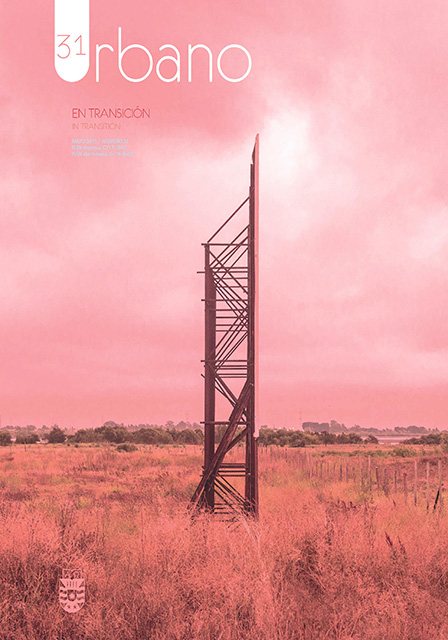Urbanism from a morphological standpoint: A teaching experience
Keywords:
Urban design, morphology, teachingAbstract
The first course in Urbanism at the School of Architecture of Alcalá is organized in two related parts, theory and practice, and introduces students to urban design and planning. On the one hand, students acquire a solid, yet incipient, theoretical knowledge and, on the other hand, they start designing projects in the city. Both tasks are part of a morphological approach that inherits some methods from Manuel de Solá-Morales’ Laboratori d’ Urbanisme de Barcelona and some from the Italian school.
The theoretical part is subdivided into two segments. First, the main concepts of the morphological approach are presented to students, who are then exposed to a brief history of the traditional city and its urban form, from the Pre-industrial era to the urban renewal in the 1970s.
The practical part includes both analysis and proposal. The analysis deals firstly with the structural scale, framing a site through different inquiries; secondly, it looks closer at diverse morphological aspects. In the proposal, students use that second morphological scale to create designs through the categories previously studied. Lastly, students propose some graphic urban rules at the typological scale.
The paper establishes links between the course exercises and professional practices and concludes with in-class opinions and results.
Downloads
Downloads
Published
How to Cite
Issue
Section
License
The content of articles which are published in each edition of Habitat Sustentable, is the exclusive responsibility of the author(s) and does not necessarily represent the thinking or compromise the opinion of University of the Bio-Bio.
The author(s) conserve their copyright and guarantee to the journal, the right of first publication of their work. This will simultaneously be subject to the Creative Commons Recognition License CC BY-SA, which allows others to share-copy, transform or create new materials from this work for non-commercial purposes, as long as they recognize authorship and the first publication in this journal, and its new creations are under a license with the same terms.![]()























